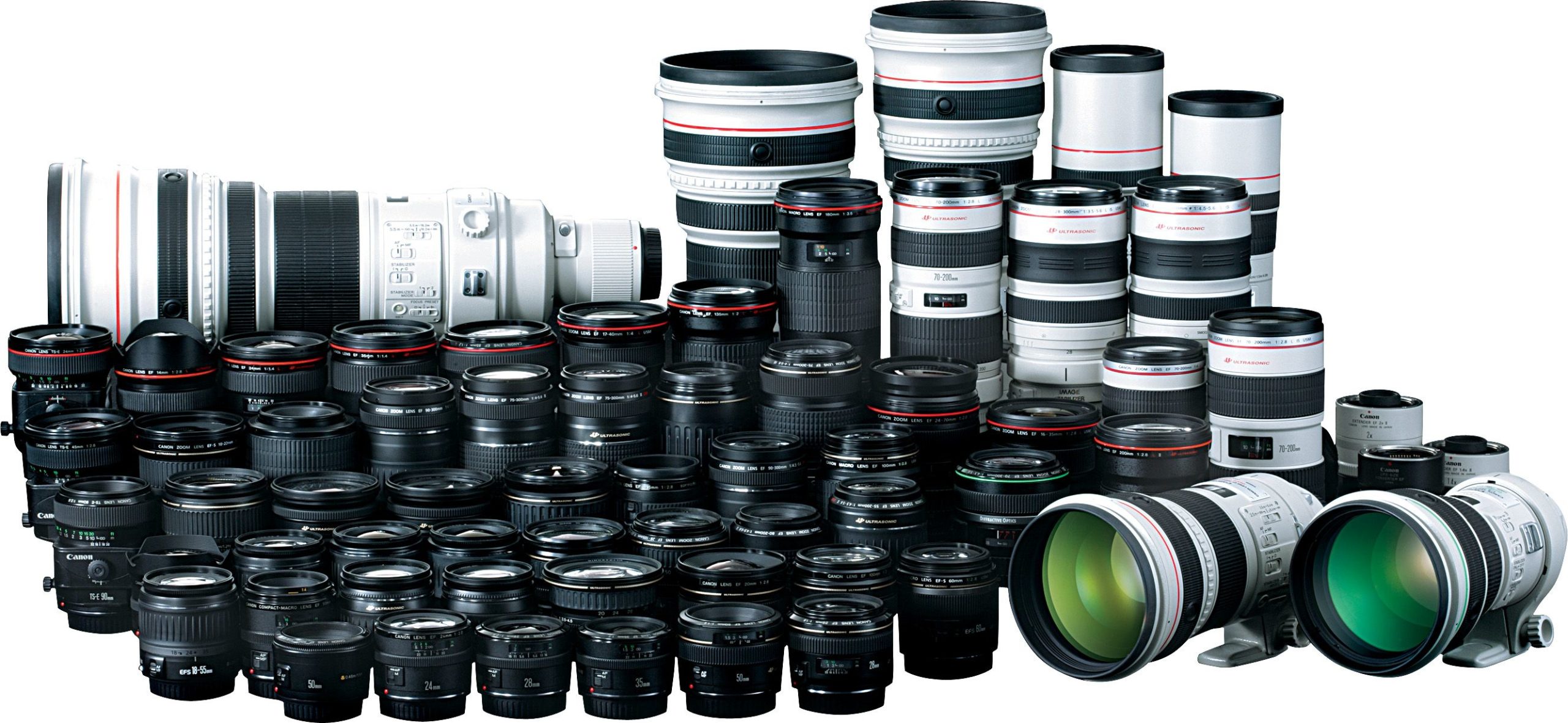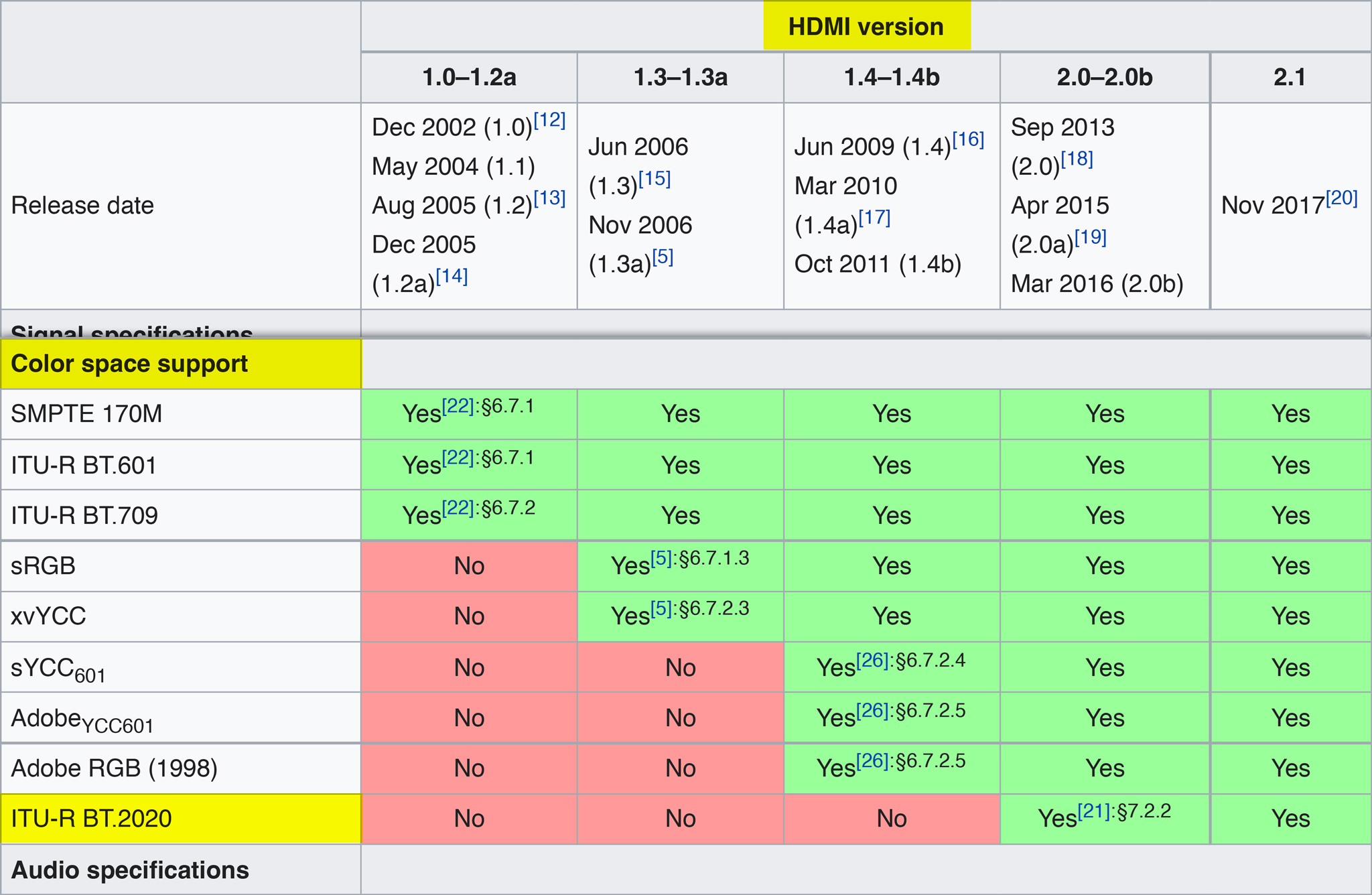Marring a camera system
Some years ago I didn’t have any DSLR/Mirrorless camera, but I was interested in getting one for both, photos and video, to create content for YouTube and Instagram. After watching tons of reviews online, after talking to many friends and trying some cameras my friends borrow me, I chose Canon, and here are some of my reasons.
Nikon is well known for their quality, but to use a Nikon you need to have always to hands free, changing settings is like making a combo in Mortal Kombat, the fact that I have to always double check if a lens requires or not a motor in the camera body, if the camera has a motor, the mechanical iris, the awful focus system on live view and video, etc. were reasons enough to dismiss this system.
Sony was starting their mirrorless system, sure it looked great, I have a history producing material with Sony cameras, profesional and consumer level, so I tried the Sony a7 III, and even though the sensor produces extremely high quality pictures, portraits apear over sharpened, to be on par with Canon producing a pleasant image, I have to lower the “clarity” setting in Lightroom from 20 to 30% to avoid the exaggerated look of every defect in a human face. Video was sharp, but colors weren’t great, while balance is always trying to guess and fails some times, the log profiles are poor, and the menu system is a complete mess.
And there was Canon with the 5D Mark IV, dual pixel focus works incredible well, white balance was always on point, the menu is simple yet powerful, changing settings is easy and can be done with just one hand, but there were some caveats, C-Log was available on FHD and 4K-DCI, but the later was cropped, video files were huge because of the MJPEG codec and no dual pixel focus on 4K.
I considered the GH4 at that time, but in order to achieve that precious bokeh I need to have full frame lenses with an adapter, the most common adapter is the Metabones Speed Booster for Canon EF… and I started to note a pattern, most camera systems have adapters for Canon glass.
Camera gear is expensive, it is not just about the camera, it is about the glass you’ll marry, and comparing camera systems require considering the amount of money that is needed for each system. The common lens lineup to cover most needs are 16–35mm f/2.8, 24–70mm f/2.8 and 70–200mm f/.28, the so called “Holy Trinity of Lenses”. At the moment, the Canon EF Trinity price is around $5,297.00 in total, the Sony FE Trinity $6,994.00 in total, around $1,697.00 more expensive.
Yes, Sony lenses are sometimes sharper, but at what cost?
The Sony Planar T* FE 50mm f/1.4 ZA Lens cost $1,398.00 and competes with the Canon EF 50mm f/1.4 USM Lens which cost $299.00, it is $1,099.00 cheeaper. Yes, you can argue that the Canon version isn’t that sharp or that has a cheaper build quality, so the next lens choise could be the Canon EF 50mm f/1.2L USM Lens for $1,269.00, which is 1/3 stops brighter and $129.00 cheaper.
The same thing happens with the Sony FE 85mm f/1.4 GM Lens with a price of $1,798.00 against the Canon EF 85mm f/1.4L IS USM Lens with the price $1,499.00, which is not only sharper and stabilized, but $299.00 cheaper, and if you want to expend that amount of money on a lens gaining 1/3 stops of light, get the Canon EF 85mm f/1.2L II USM Lens with a price of $1,849.00, only $51.00 dollars in price.
If it is about cheap lenses for each system, the Sony FE 50mm f/1.8 Lens cost $248.00, the Canon EF 50mm f/1.8 STM Lens just $125.00, almost half the price. The Sony FE 85mm f/1.8 Lens costs $598.00 and the Canon EF 85mm f/1.8 USM Lens $269.00, again, around half the price.
And if we want the typical kit-lens, the Sony FE 24–105mm f/4 G OSS Lens costs $1,198.00 and the Canon EF 24–105mm f/4L IS II USM Lens $1,099.00, almost $100 cheaper.
Adapters from EF to X system are common, adapters from FE to X systems are not that popular, RED and Blackmagic have mounts for the Canon EF system, RED has already adopted the RF system. Third party lenses like Tamron and Sigma are well known for creating great glass for the Canon EF system, and even though they are increasing their presence in other systems, most of their market is for Canon.
So, after considering all this factors, I decided to enter to the Canon system, first an 80D, then the 5D Mark IV, and now the EOS R, I know I don’t have the greatest top of the line camera, but it just works and it does well, I have plenty of glass at my disposal, and caveats like the 1.7x crop recording 4K are being addressed by third party manufacturers like Metabones with their Canon EF Lens to RF Mount T Speed Booster.
Yes, Sony have the greatest sensors, but a complicated menu system, an unflattering quality for faces, an erratic white balance and expensive glass. With Canon I can use cheaper lenses and even adapters with filters in the case of the EOS R, and one of the best things, I can use all the glass with a RED, a GH5s or a Sigma fp using an adapter.
I originally published this content on Medium, but because of the censorship in that social media platform, I move it here.


